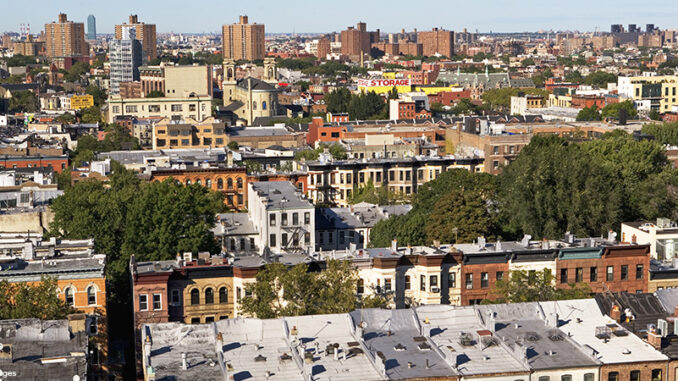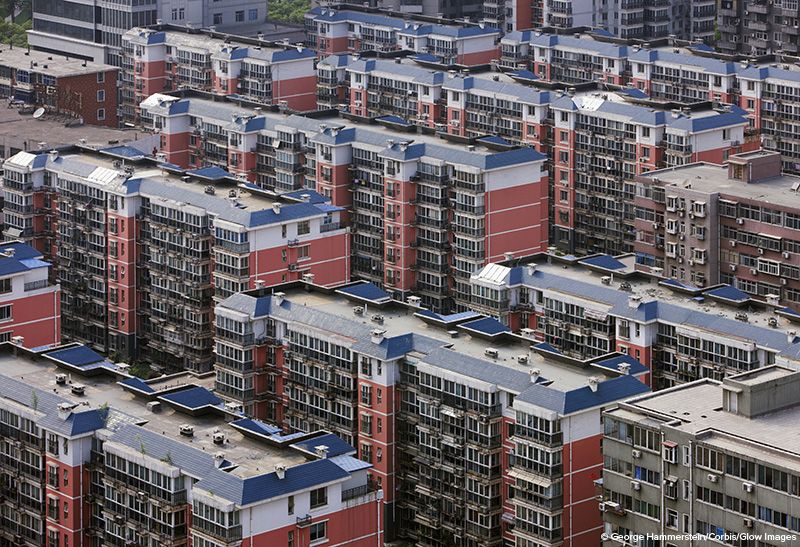
Earlier this week, our nation celebrated the memory of civil rights leader Dr. Martin Luther King, Jr. For many, Monday was a day to consider race relations in our country today, and how they have changed (or not) since Dr. King’s time. One issue that is still linked to racial inequality today is housing. Where people choose to live, whom they choose to live by, and what housing choices are available to them is still often linked to discriminatory policies of the past–sometimes with dangerous consequences to peoples’ health and well-being. Here, btw takes a closer look.
A Brief History of Housing
In the United States in the 1930s, redlining was common practice. “Redlining” refers to the practice of keeping people of color out of certain neighborhoods, either by directly forbidding them to live there or by unfairly raising prices so that they couldn’t afford to. In the 1930s, the federal government would mark off certain neighborhoods as “risky” for banks to lend to.

More often than not, these were neighborhoods with a high percentage of immigrants and people of color. This made it so that people of color became restricted to certain areas and couldn’t move, because other neighborhoods weren’t affordable to them. Meanwhile, white people were able to begin moving out of urban areas and into the suburbs.
In 1968, the Fair Housing Act made such overtly racist housing practices illegal, but redlining took on other forms. For example, banks would refuse to lend money to people of color–or give them a higher interest rate than they gave to white people–or grocery store chains would refuse to set up shop in predominantly black, inner-city (“redlined”) neighborhoods. Today, it is illegal for banks to discriminate this way. Yet even now, redlining is still linked to other major problems.
Hotter Isn’t Better
A group of researchers recently studied 108 urban areas nationwide. What they found was that the neighborhoods that were subjected to redlining in the 1930s are now hotter than other non-redlined neighborhoods. In this case, “hotter” doesn’t mean better or trendier–it means that they are physically hotter, sometimes by as much as 13 degrees. On average, redlined neighborhoods are 5 degrees hotter today than non-redlined neighborhoods.
Why? Poorer, urban neighborhoods often have fewer trees and more pavement than wealthier neighborhoods do. In fact, neighborhoods that were once redlined average about half as many trees as the wealthiest, predominantly-white neighborhoods. That means less shade for protection from the sun, as well as lower air quality.
Why does this matter? Because there are major health repercussions involved. Heatwaves kill more Americans every year than any other weather-related issue, and with climate change, this problem will only get worse. Furthermore, people in poorer neighborhoods often have fewer ways to beat the heat: for example, they may not live in a place that’s air-conditioned, or be able to join a pool.
So What Can Be Done?
So far, policies such as the Fair Housing Act have tried to end further discrimination, but much of the damage has already been done. Experts suggest a form of “housing affirmative action”–in other words, governmental policies that would make it affordable for people of color to move to other, healthier neighborhoods and finally undo redlining’s dangerous legacy.
